Northeastern student probes environmental changes in spartina grass, salt marsh hero
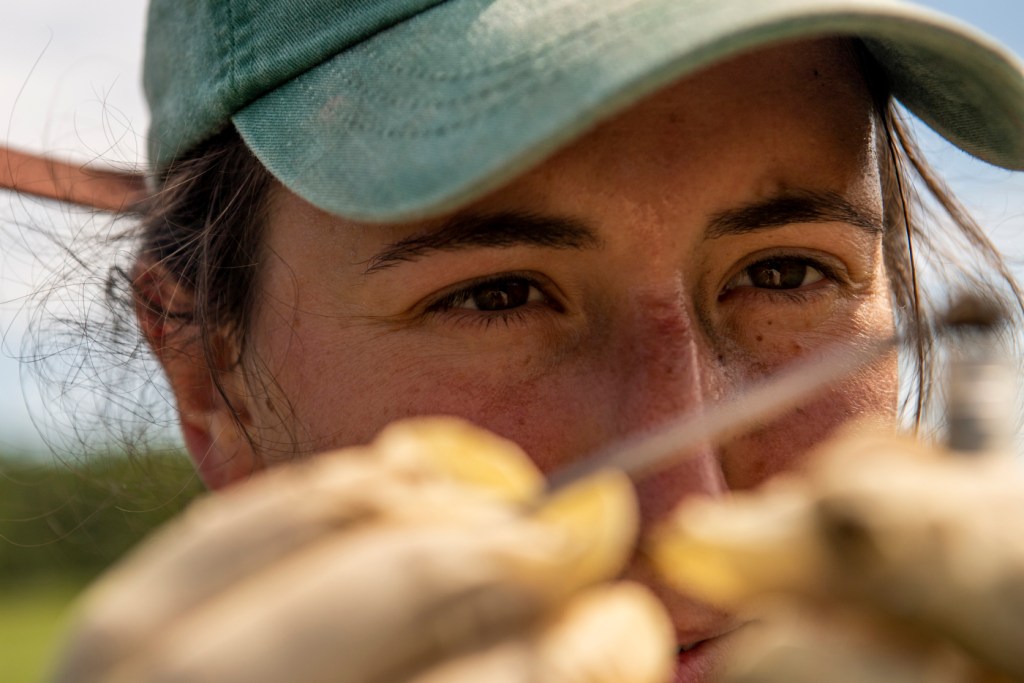
The tall slender leaves of the marsh grass spartina that edge coastal areas from the Atlantic Coast to the Gulf of Mexico in the United States function as an environmental workhorse, halting erosion and grabbing carbon dioxide from the air and storing it in the soil.
“It’s a foundation species in marshes. It holds the sediment in place, which is really important for erosion purposes. It provides habitat for critters—snails, crabs, fish,” says Northeastern University doctoral student Johanna L’Heureux.
And, she says, “It’s super efficient at capturing carbon dioxide.”
But the microbes around the roots of Spartina alterniflora, or cordgrass, also release carbon dioxide into the air when they break down carbon compounds for energy.
Scientists don’t yet know whether environmental changes such as sea-level rise will cause shifts in the identity and behavior of soil microbes. Will the trend be that spartina-associated microbes release more carbon dioxide into the air, or will they store increasing amounts safely in the soil?

L’Heureux is determined to help answer that question as part of her national Margaret A. Davidson Graduate Fellowship, under the auspices of the National Oceanic and Atmospheric Administration. Over the past year she has set up an experimental station at the North Inlet-Winyah Bay National Estuarine Research Reserve “right smack dab in the middle between Myrtle Beach and Charleston” in South Carolina.
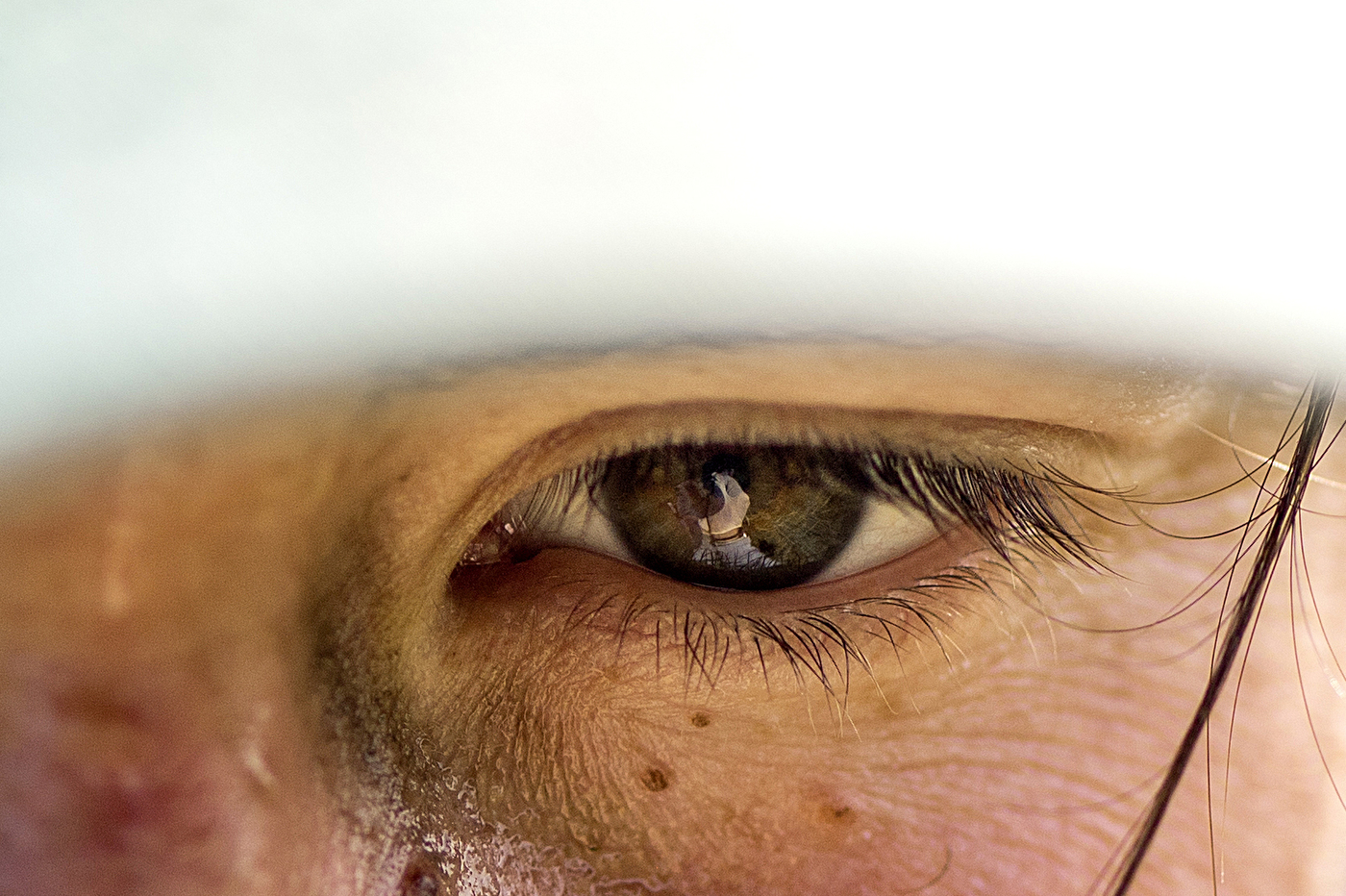
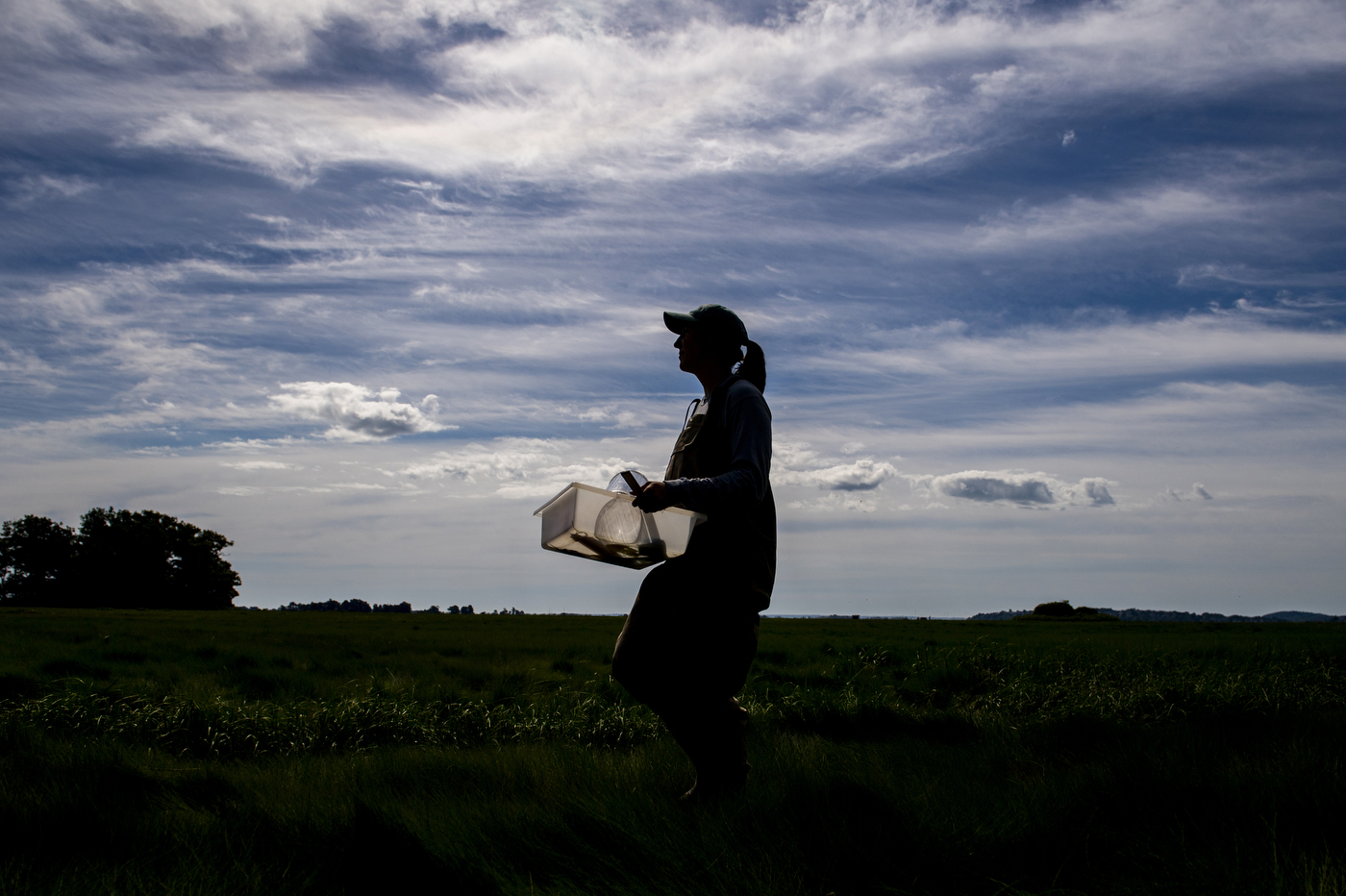
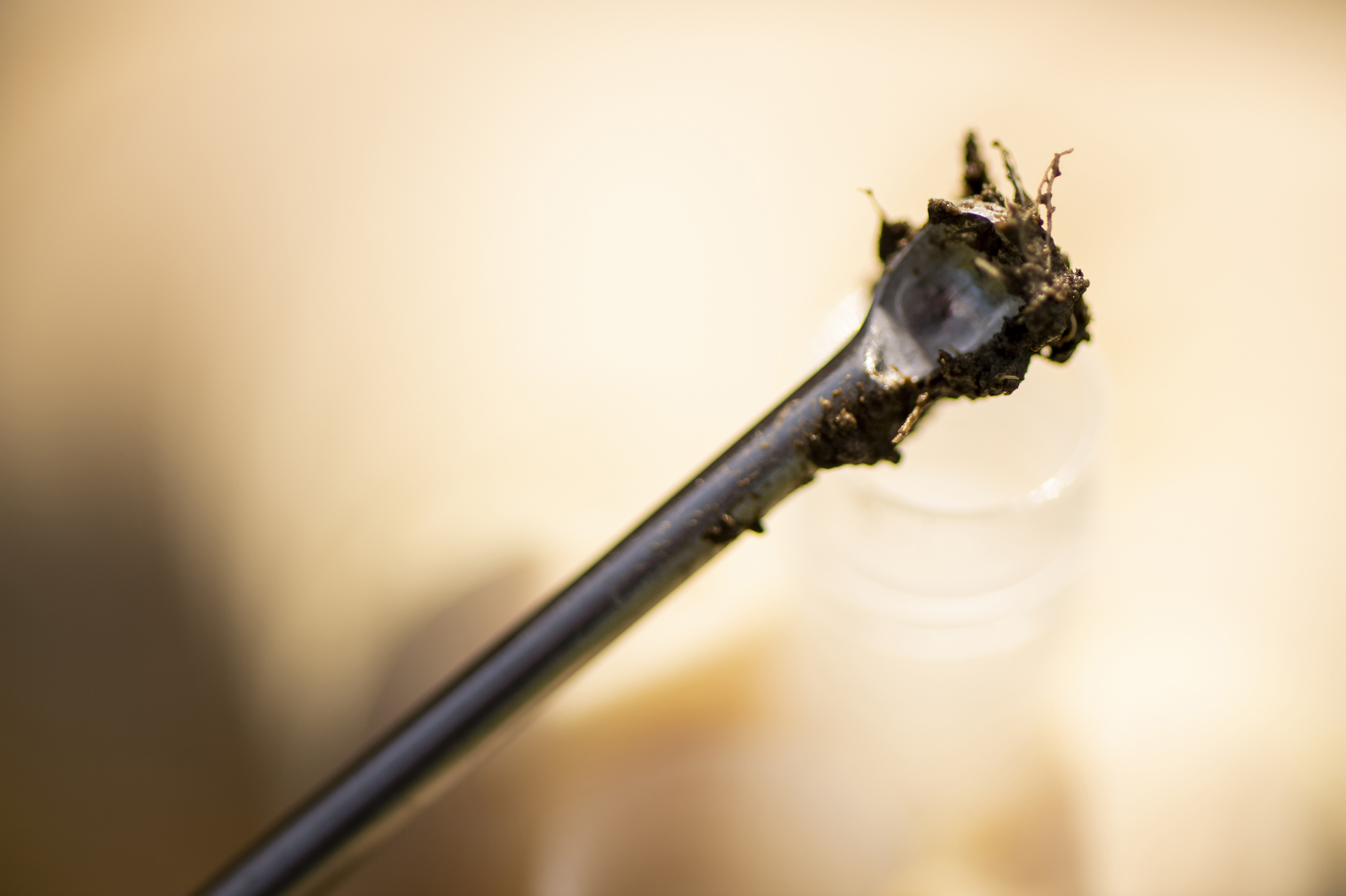
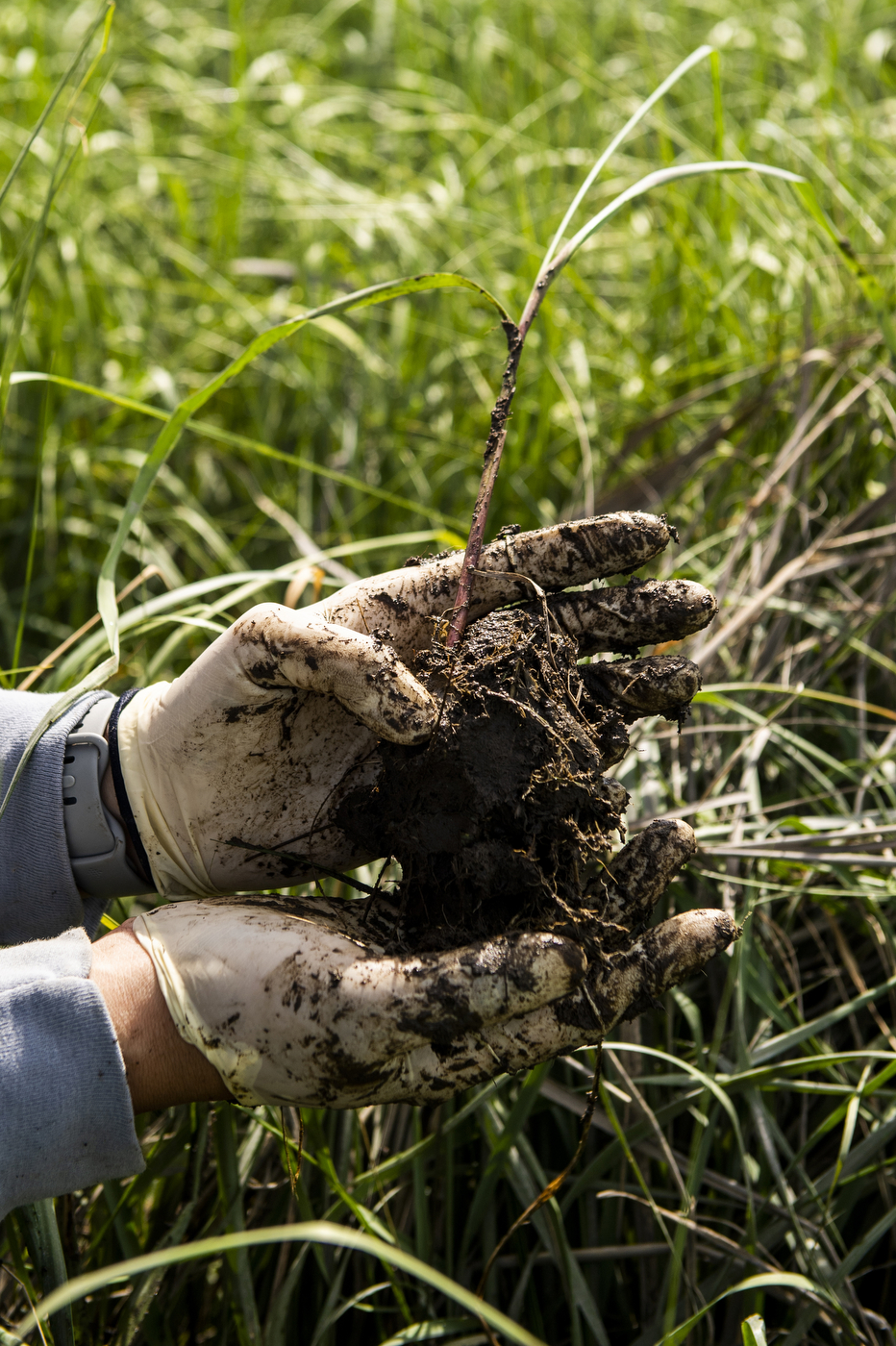
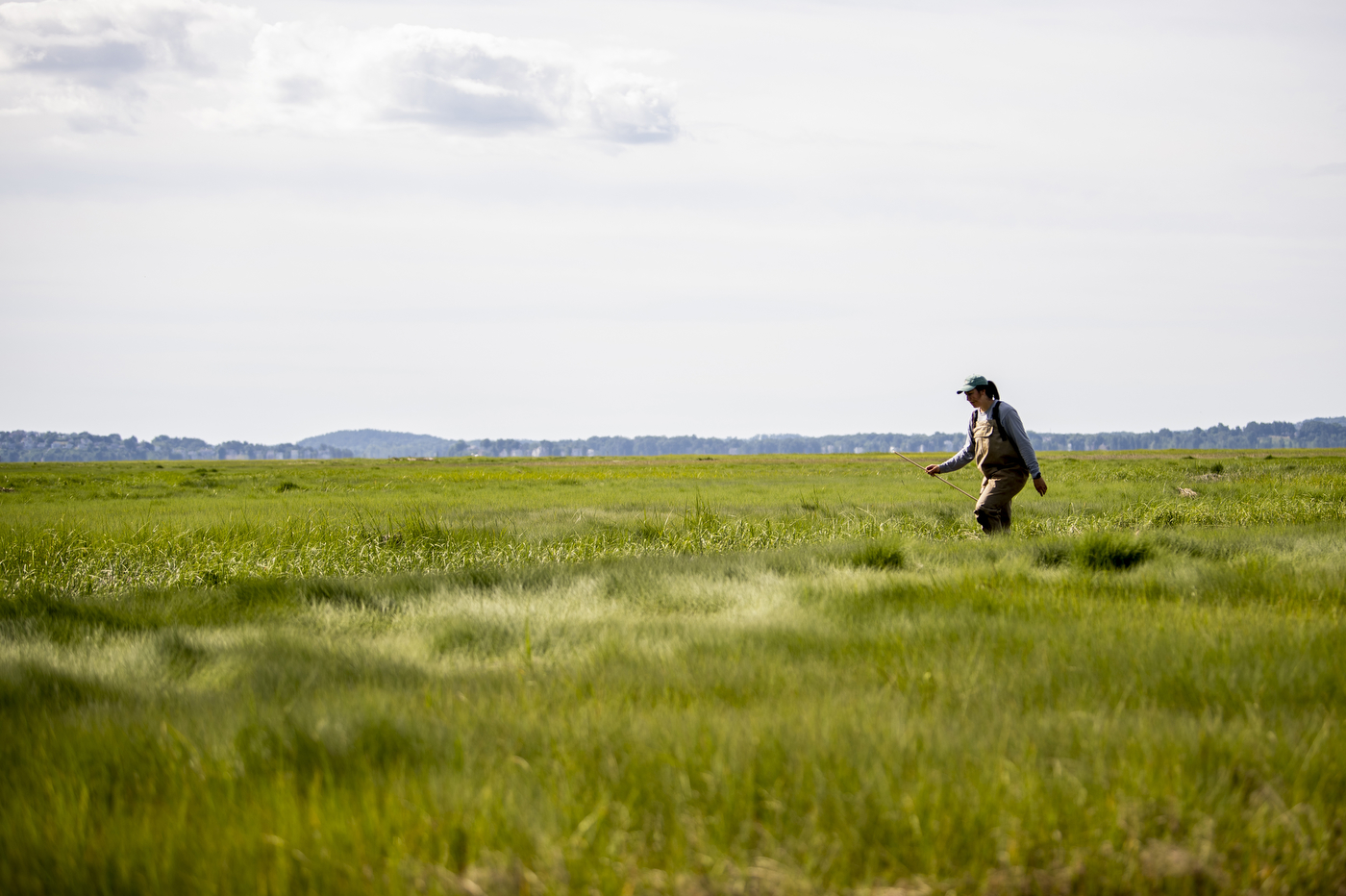
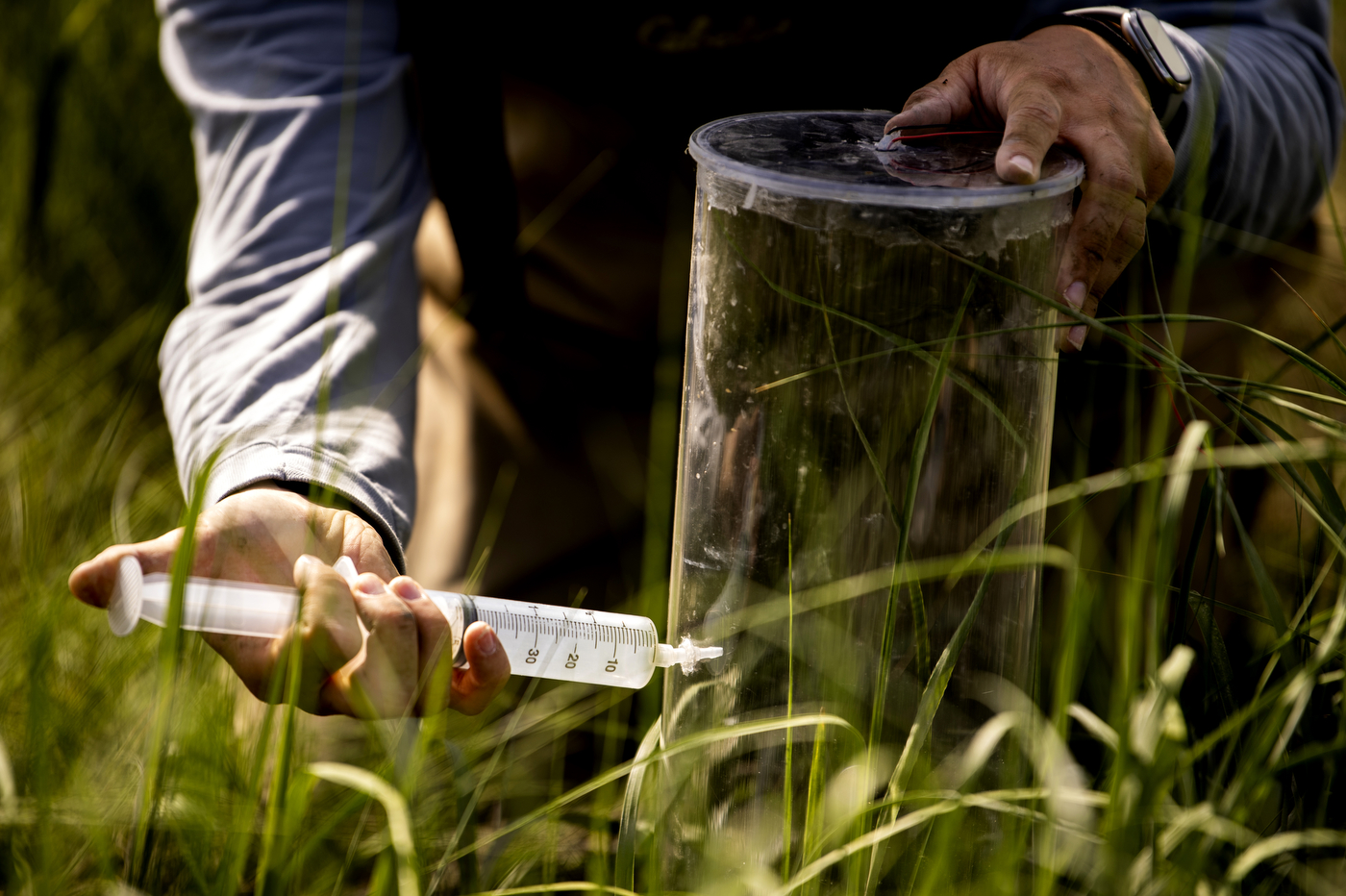
L’Heureux’s study on microbes will add to a large body of research on salt marsh response to sea-level rise that has been conducted at the reserve.
The grasses are grown in pots in a marsh area in polyvinyl chloride, or pipes of multiple elevations—called marsh organs, for their resemblance to the musical instrument.
The grasses in the lower pipes will be more inundated with water than the consecutively higher levels, which will allow L’Heureux to see how the microbes respond to future sea-level rise scenarios.
“We’re taking samples of these microbes around the roots and sequencing them,” she says.
The genomic sequencing will tell what microbes are present and what they are capable of doing in the soil, L’Heureux says.
Some microbes have genes that allow them to break down certain types of carbon, which could increase rates of decomposition.
“I’m looking at the soil that is directly influenced by the plant roots because the area has much higher microbial activity due to all the carbon being released by roots,” she says.
The “microbial community” in the soil determines whether carbon compounds are stored in the soil or released into the atmosphere as carbon dioxide, L’Heureux says.
“Microbes play a huge role in the fate of carbon entering the soil,” she says.
In July, she will be heading from Northeastern’s Marine Science Center in Nahant, where she is working on her doctorate degree in marine and environmental science, back to South Carolina to run a final experiment.
L’Heureux will inject 13C labeled carbon dioxide, a heavier form of the greenhouse gas, into airtight acrylic cylinders encasing 36 spartina plants—including 18 in the control group. During the sunny part of the day, when photosynthesis is maximized, the levels of carbon dioxide inside the chamber will drop as the gas is taken up by the plant and its leaves.
Using isotopic labeling, L’Heureux will trace the carbon compound all the way to the soil microbes that end up eating it when it is released from the roots.
L’Heureux already has traveled three times to South Carolina for practice runs of her experiment.
“July is the real thing, when I’ll finally be able to execute it,” she says.
Theoretically, increasing levels of soil decomposition could mean the release of more carbon dioxide into the air, which could then contribute to global warming.
When spartina grasses take in carbon dioxide through their leaves and store it in the ground, they can keep the carbon out of circulation for up to thousands of years, L’Heureux says.
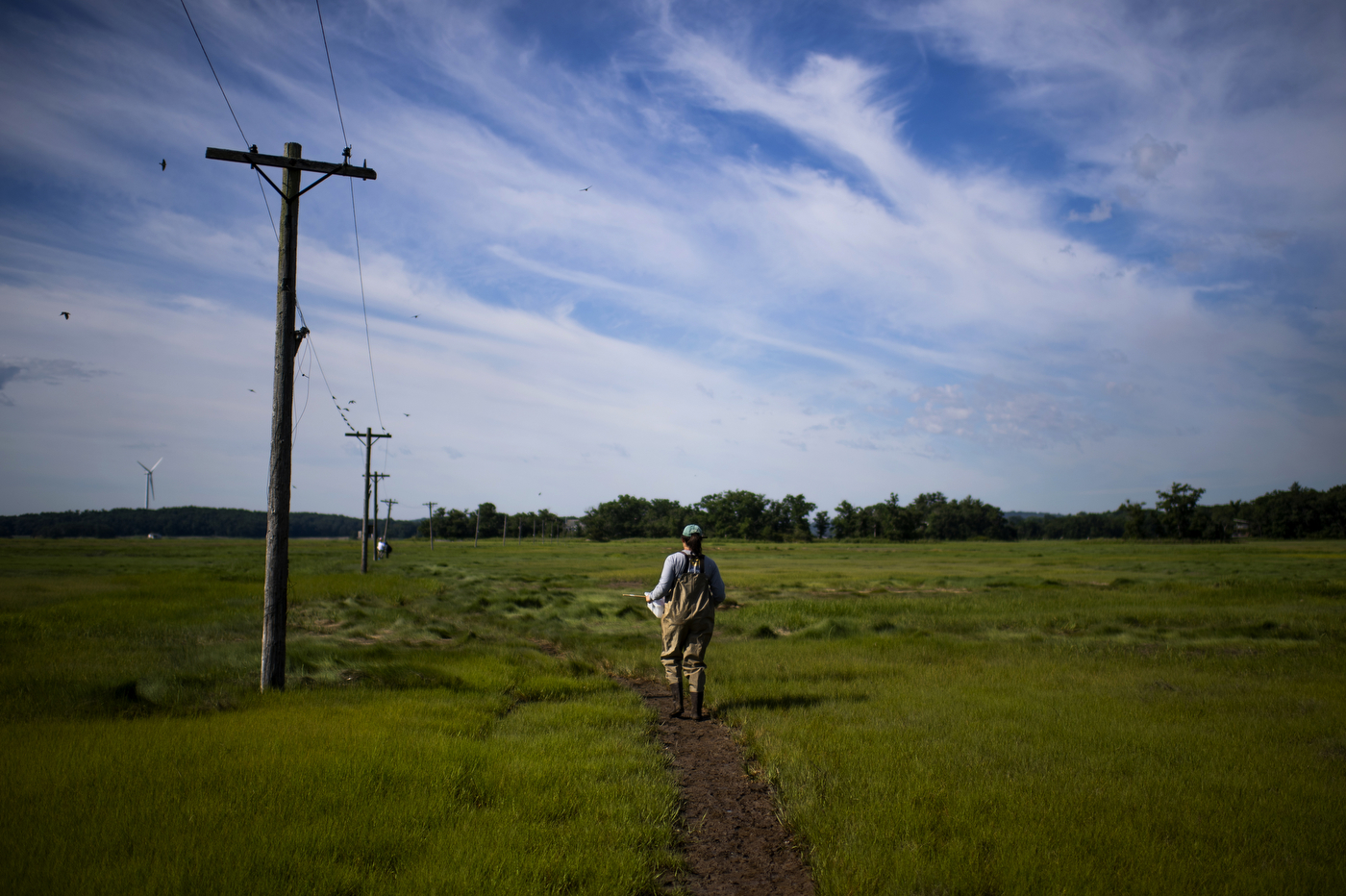
In addition to running the experiment on the effects of sea-level rise on spartina grasses and their soil-related microbes, L’Heureux is also studying the impact of nutrient runoff on the carbon cycle.
She is sending a survey to 1,000 households in Georgetown County, where the national estuarine research reserve is located, and Horry County, home of Myrtle Beach, asking residents about how they use fertilizer and whether they are aware of the downstream effects.
“Sea level rise isn’t happening in isolation,” L’Heureux says.
Fertilizer runoff could pose a threat to salt marsh habitats as well, she says.
“It is essential to understand not only the ecological effects of increased fertilizer in salt marshes but also the social drivers that are causing those increases. The homeowner survey will help us get a better sense of the decision-making process when it comes to lawn fertilization,” L’Heureux says.
“We’ve lost about 25% of salt marshes globally since the 1800s,” she says.
“This experiment might help us understand how microbial traits might shift due to the changing conditions of increased sea-level or increased nutrients, or both at the same time,” says L’Heureux, who came to Northeastern in the fall of 2019 after graduating from the University of Massachusetts in 2017.
L’Heureux was part of the first cohort of Margaret A. Davidson fellows and plans to return to South Carolina after her July experiment to wrap up the project.
“We don’t even realize the amount of houses or businesses that have been saved due to salt marshes being there to slow down wave speed,” L’Heureux says, especially during floods or storms. As they function now, spartina grasses are also great at combatting the effects of climate change, she says.
“We want to limit the amount of carbon dioxide put into the atmosphere,” she says. “These plants are really good at absorbing CO2.”
For media inquiries, please contact media@northeastern.edu






